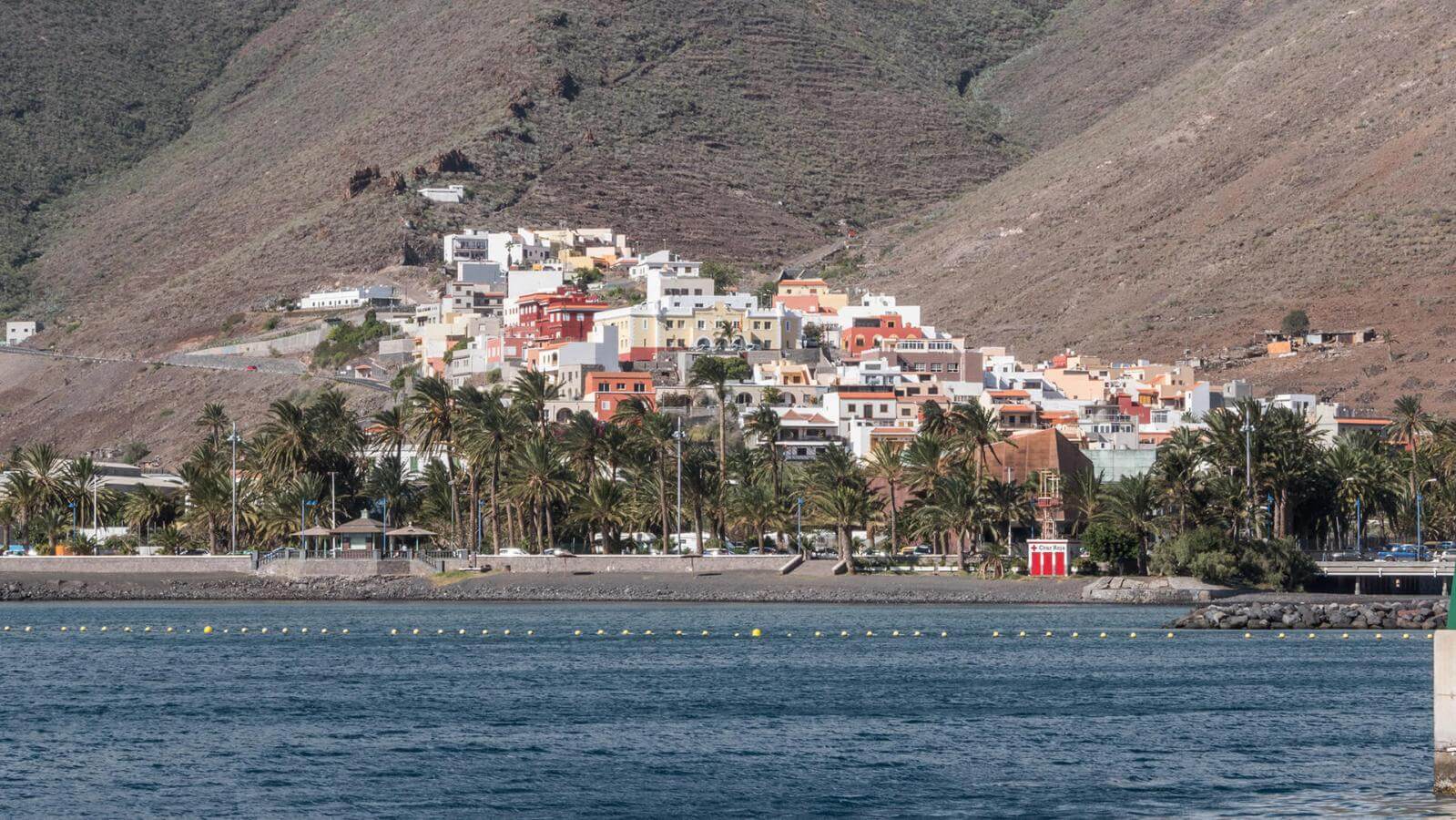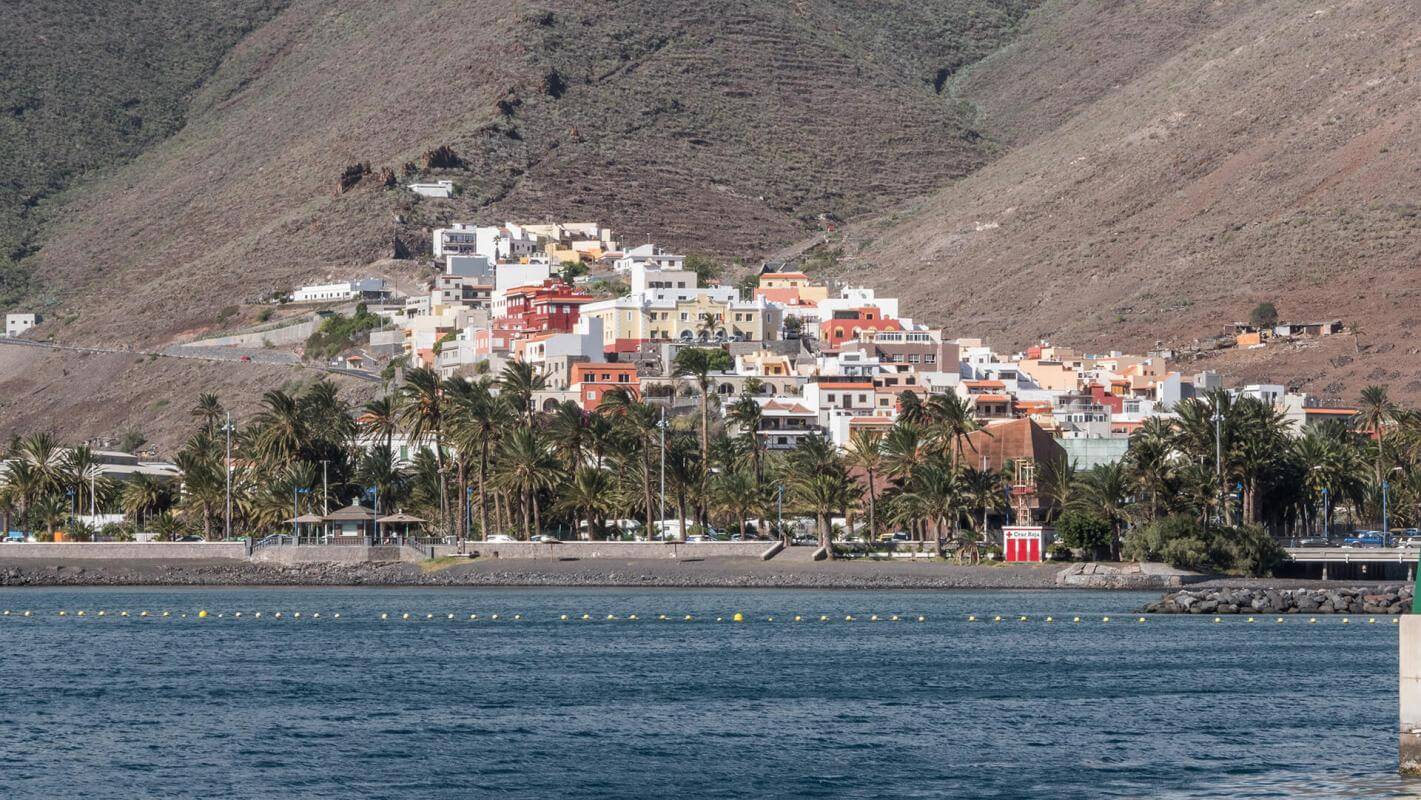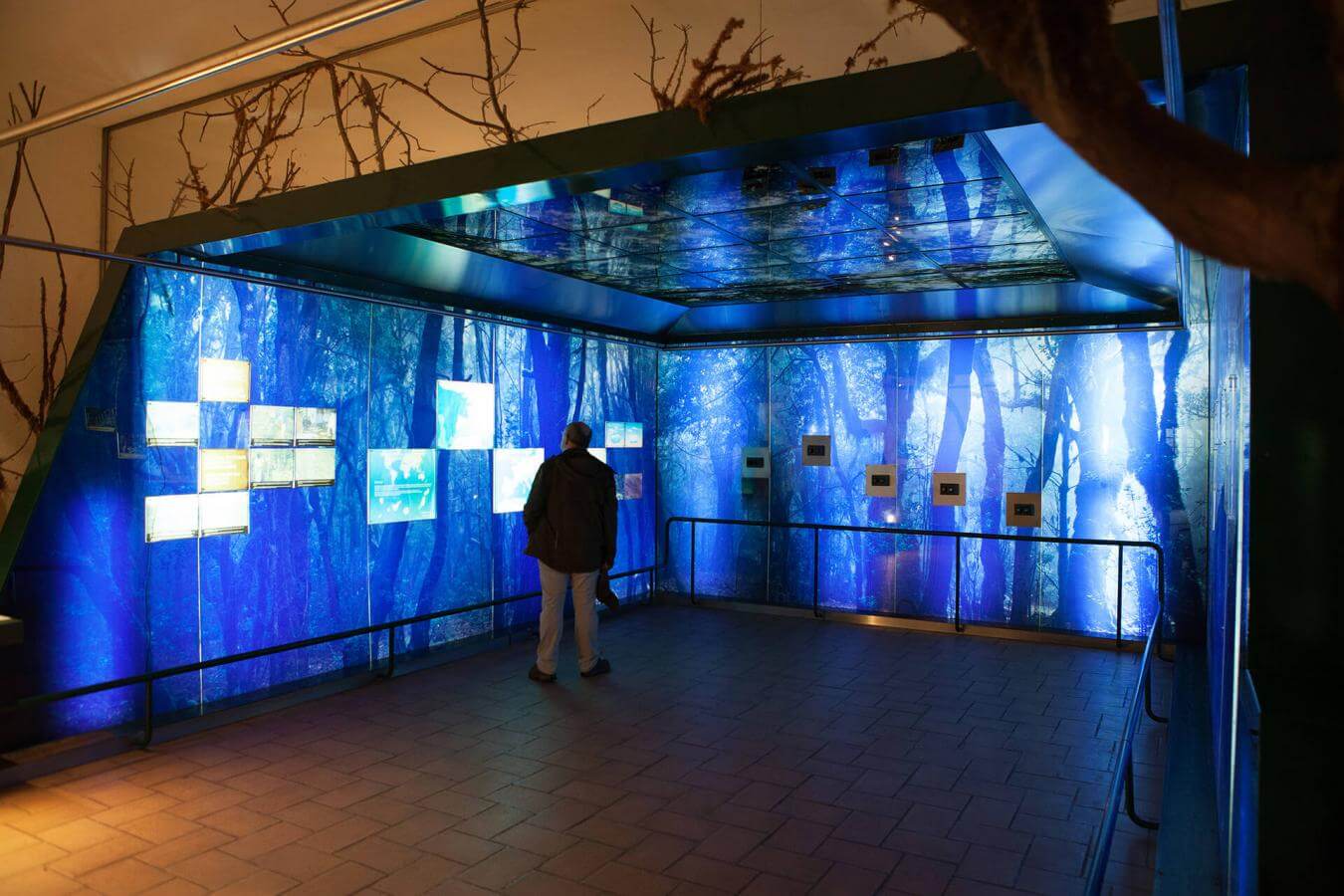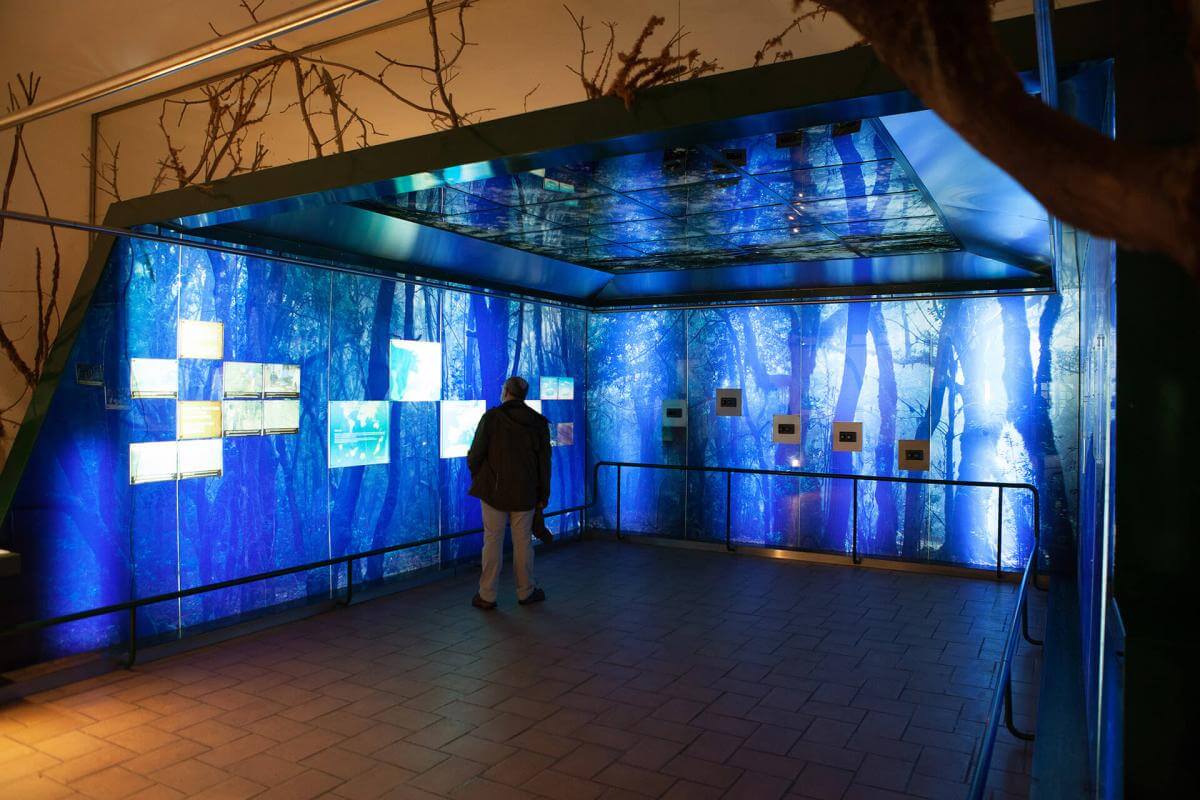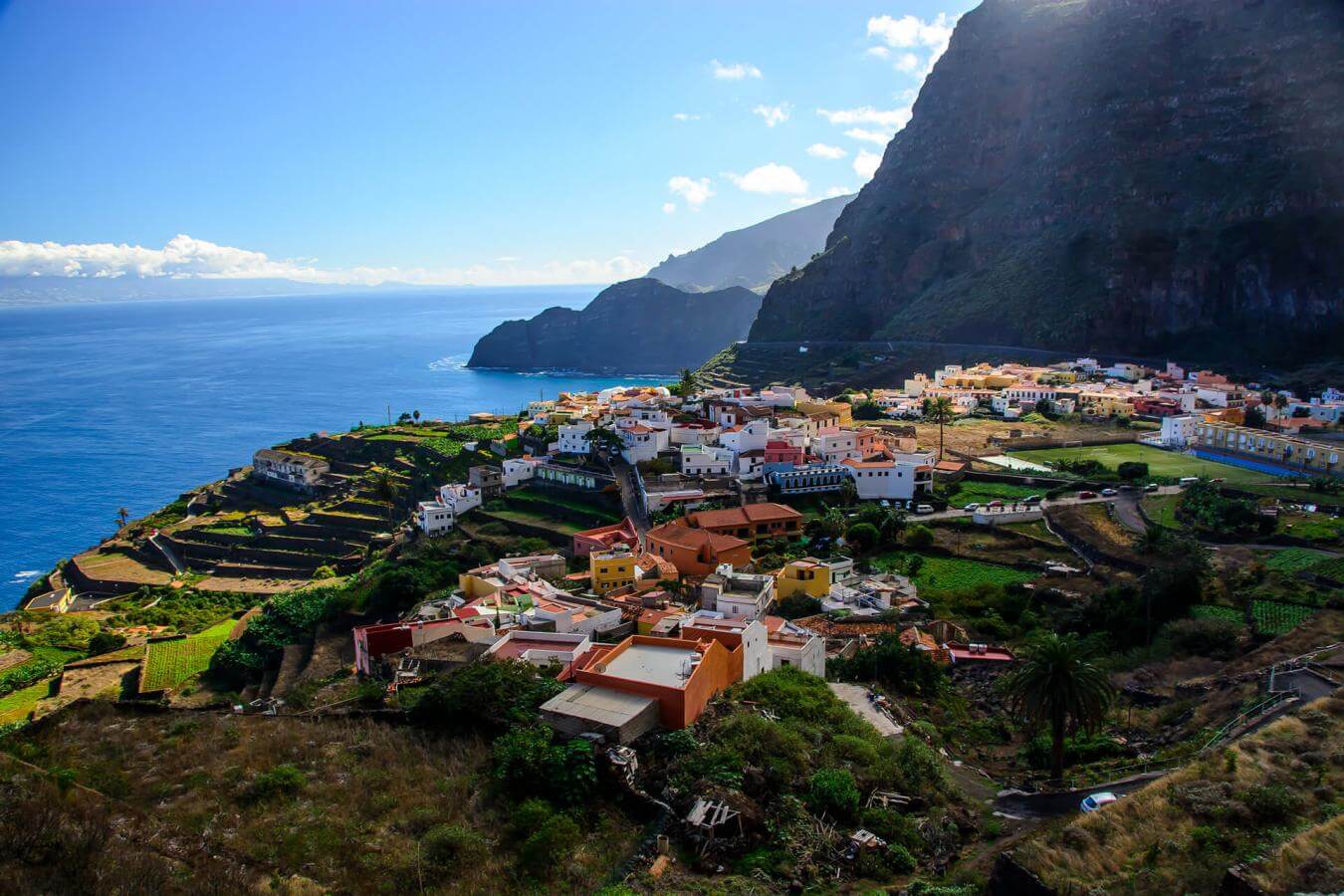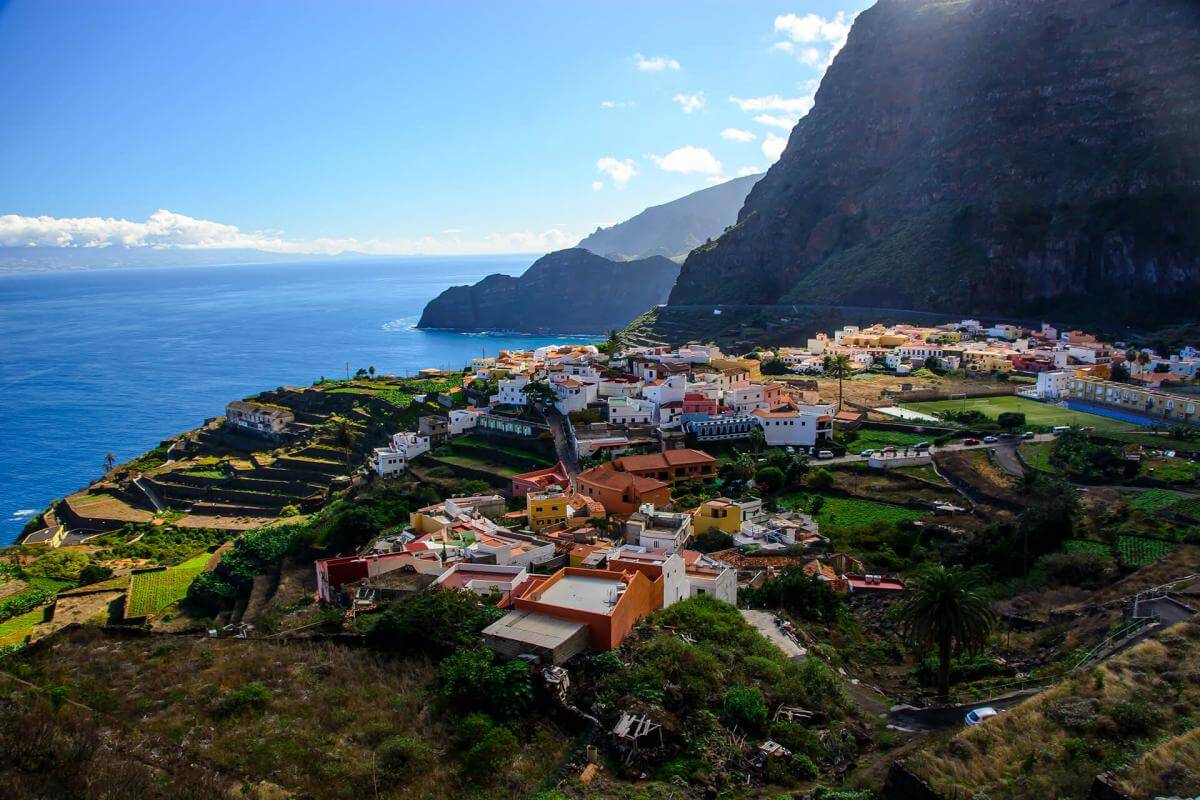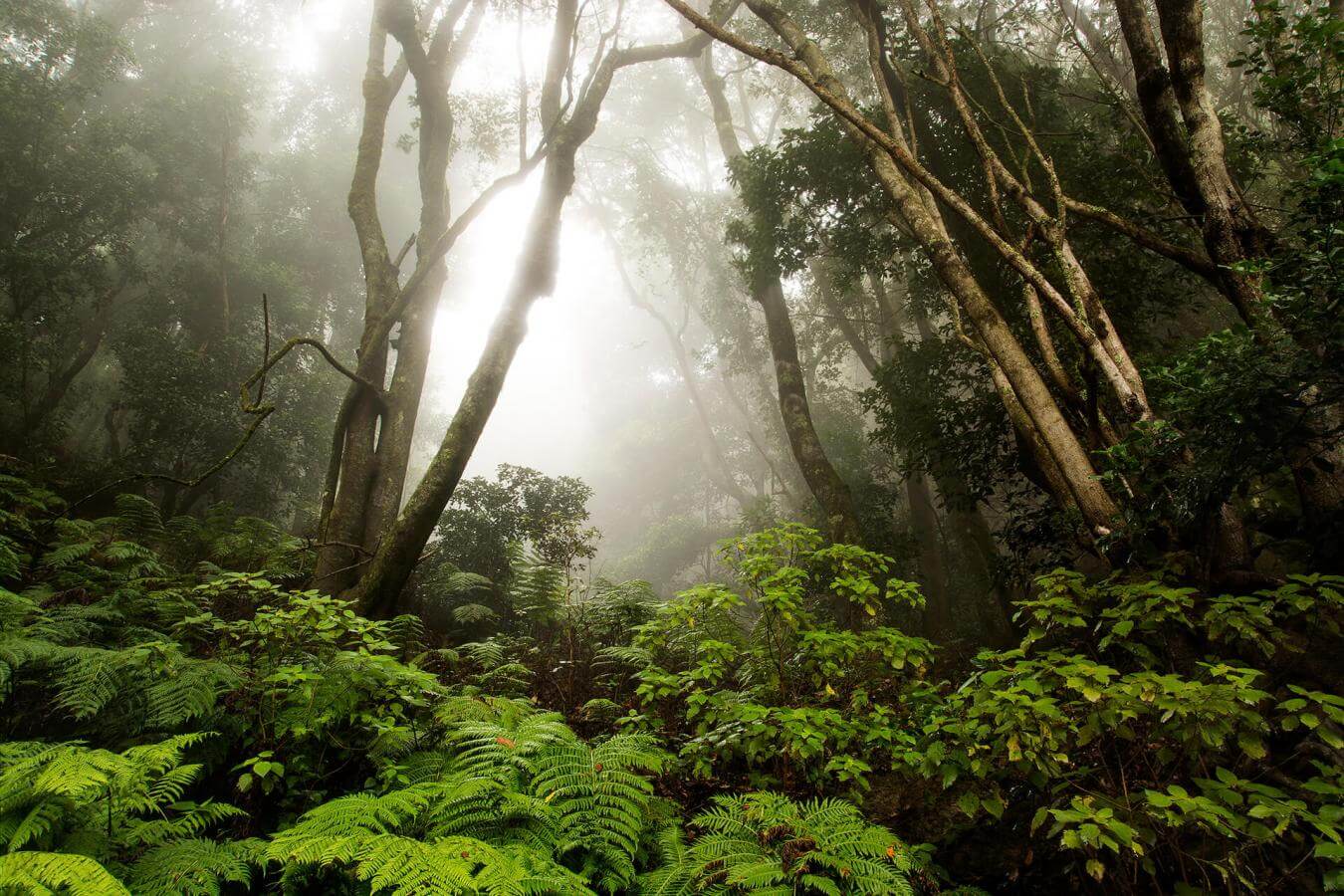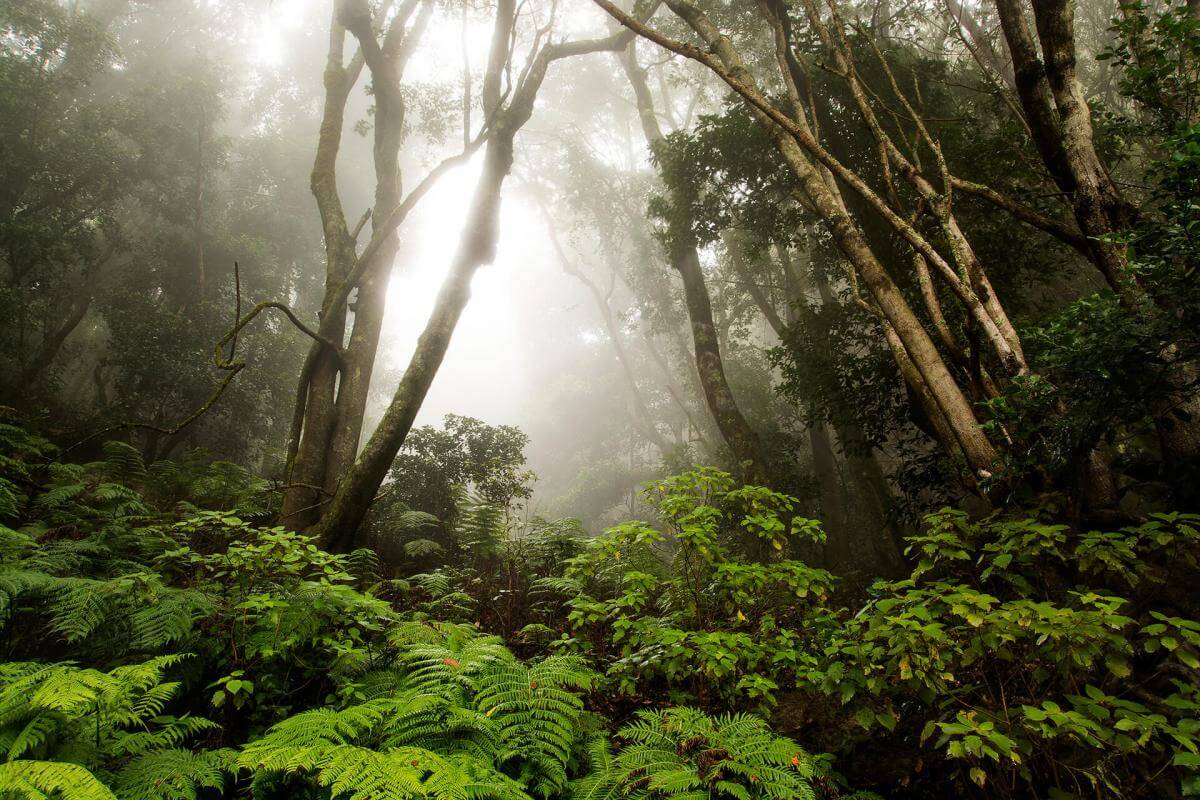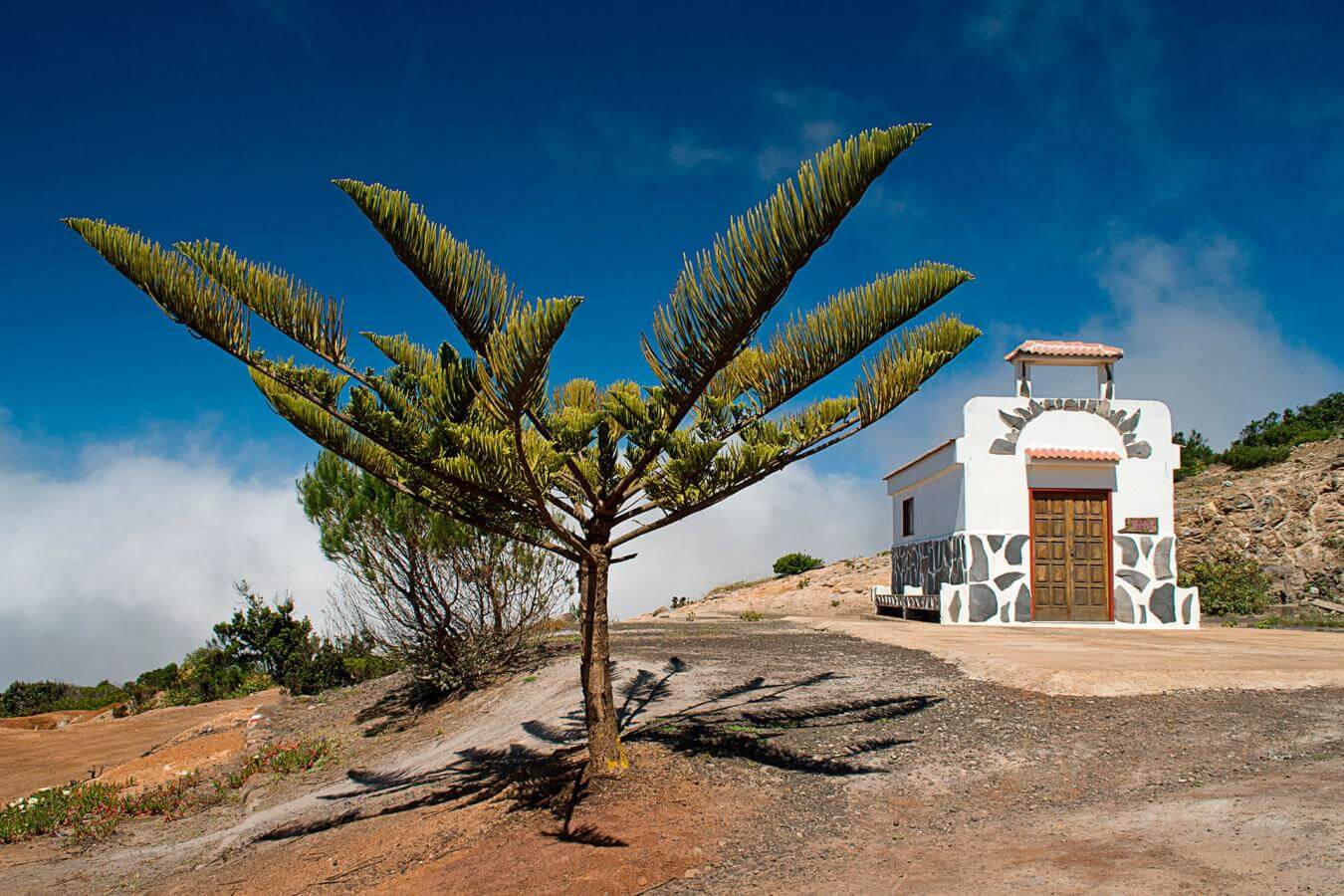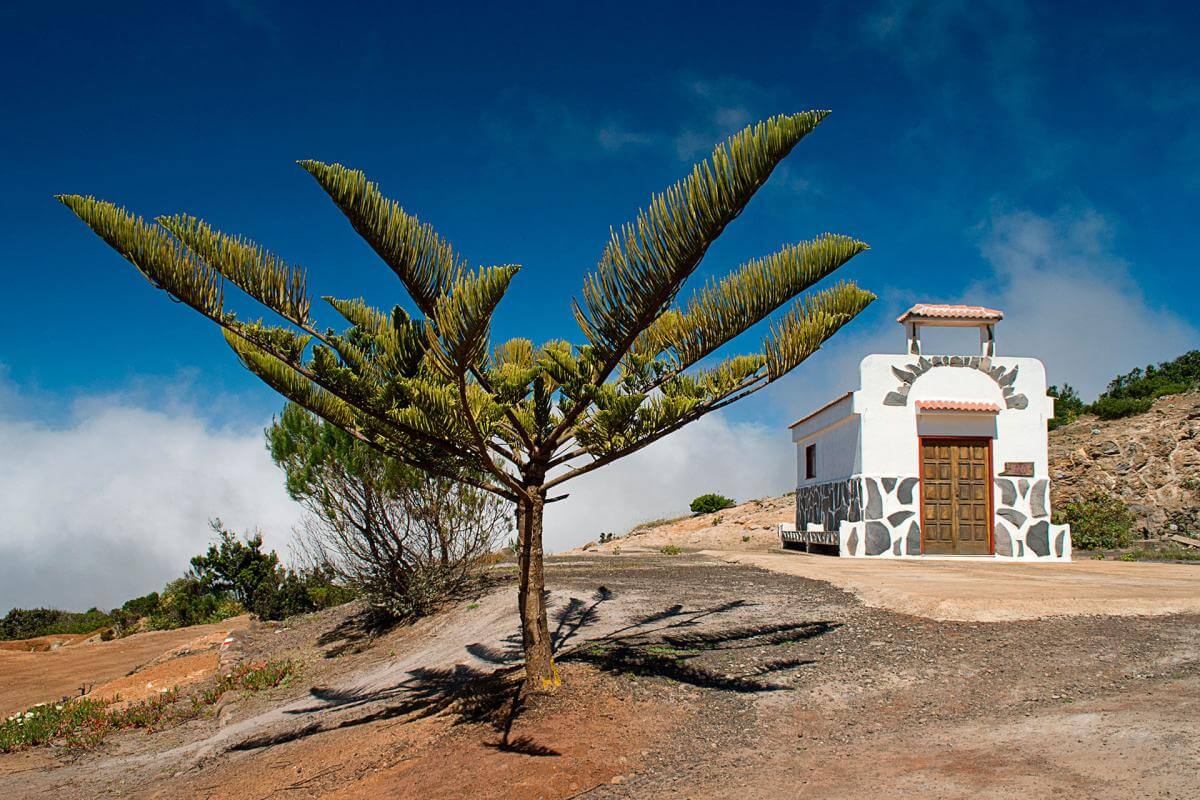La Gomera, located in the east of the Canary Islands, has been a Biosphere Reserve since 2012. It is famous because Christopher Columbus made a port of call there on his way to discover America (1492). Here we find Garajonay National Park – World Heritage Site. Hermigua – farming country, Agulo – pioneer municipality as regards electricity, water and fishing, and the Juego de Bolas Visitor Centre in Garajonay National Park are some of its main attractions, which also include a beautiful and gratifying trail between El Cedro and Vallehermoso.
From San Sebastián to Hermigua
We leave from the port of San Sebastián on La Gomera, located on the east of the island, heading towards two characteristic island towns: Hermigua and Agulo. To get there, we will go through the Garajonay National Park with its laurisilva, which is unique in Europe. It takes half an hour to get to Hermigua, where the legendary El Cedro Forest is found. The steep streets here afford us a view of some traditional 18th-century Canarian architecture, which has been perfectly conserved. Visits to the Gofio, the Ethnographic and Los Telares Museums are highly recommended.
From Hermigua to Agulo
From Hermigua, we continue down the road and —barely a 9-minute drive away by car— we come to the municipality of Agulo, in the north east of La Gomera. Agulo was historically one of the most prosperous places on the island and was the first to have drinking water, electricity and a pier from which bananas were exported. Its historic quarter is one of the best conserved on the island and has a viewing point with beautiful views of the ocean and Mount Teide on the neighbouring island of Tenerife.
From Agulo to the Juego de Bolas Visitor Centre
In less than 14 minutes by car, we go from Agulo to the Juego de Bolas Visitor Centre. It is an architectural complex with a weather station and well-tended gardens with species that are endemic to La Gomera and the Canary Islands, where traditional Gomeran culture is condensed with all the keys to understanding the virgin nature of Garajonay National Park. A big central model of the island of La Gomera will give us an exact perspective of the beauty of its landscapes and ravines.
From Juego de Bolas to El Cedro
From Juego de Bolas Visitor Centre to El Cedro, at the heart of the island, an approximately 42-minute drive awaits us, surrounded by lush vegetation and abrupt cliffs. You don’t have to be in extraordinary physical shape to enjoy a walk at El Cedro. A fabulous option is to walk along the 6 km trail that starts in Contadero and goes to the Shrine of Lourdes, which the English citizen Florence Stephan Parry had built in 1938. We will be captivated by the lushness of the area. From El Cedro to Vallehermoso From El Cedro, the road will take us to Vallehermoso in about 41 minutes. In the north of the island of La Gomera, Vallehermoso is —in itself— historic heritage with singular customs, from the way the houses are built to the way the earth is worked and the items required for the household, agriculture or food are made. Here you have to try the produce made from ancient recipes, such as palm honey, “almogrote” (a cheese paste), “mojo” sauces, jams and cakes and preserves.
